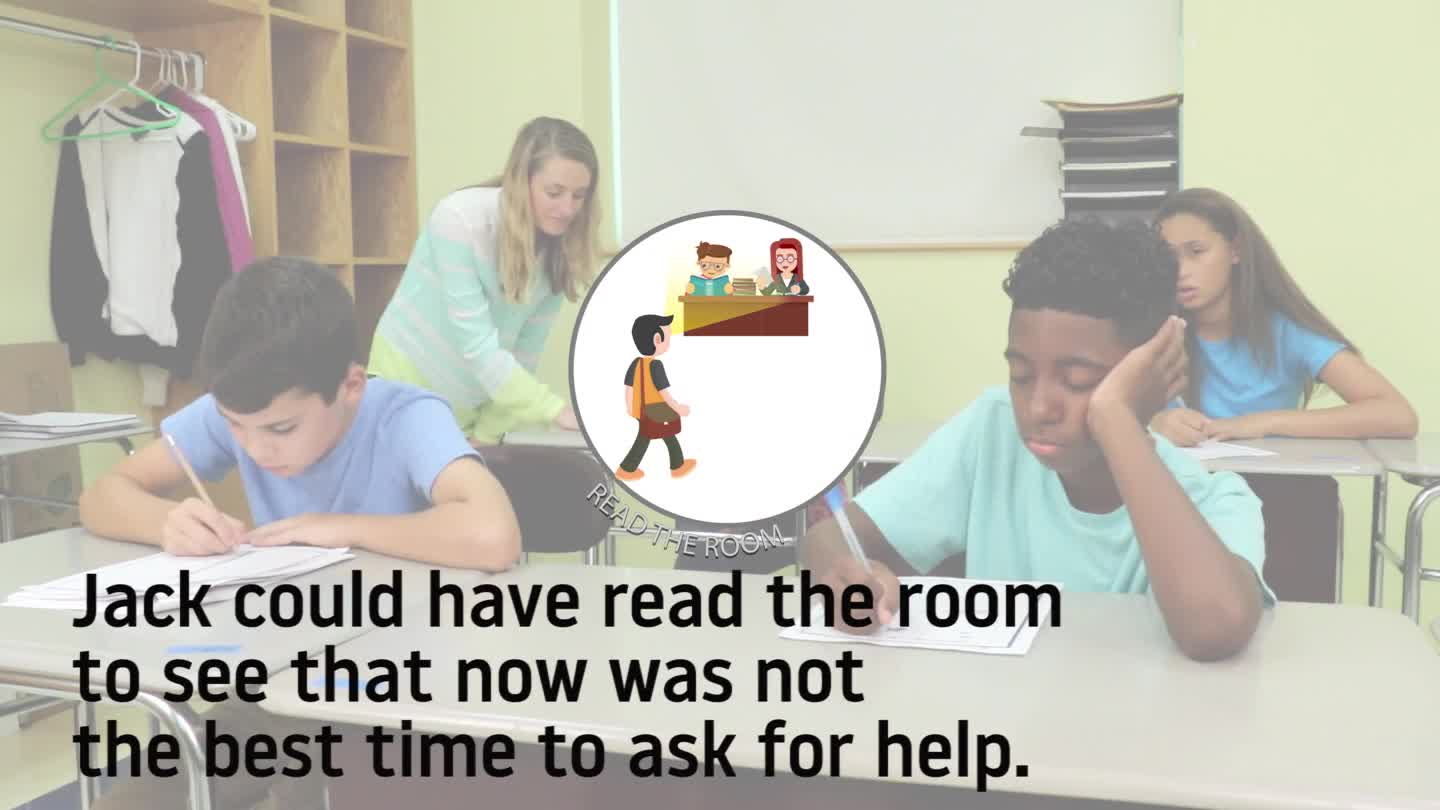
Introduction
Waiting can be challenging for everyone, especially when we need help. In a classroom setting, it is crucial for students to develop the social-emotional skill of waiting for their turn to ask for help. This skill involves reading the room, observing the teacher’s availability, and being patient while the teacher assists other students. This blog post will provide an engaging no-prep activity, discussion questions, related skills, and resources to help educators teach this essential skill to students in special education settings.
No-Prep Activity: The Waiting Game
The Waiting Game is a simple, no-prep activity that helps students practice waiting for help and observing their surroundings. To begin, the educator will engage in a task, such as grading papers or helping another student. Instruct the class to observe the teacher and wait for the right moment to ask for help. During this time, students should practice patience and attentiveness. Once the educator is finished with their task, they will give a nonverbal signal, such as raising their hand or making eye contact. The first student to correctly identify the signal can approach the teacher and ask for help. Repeat this activity several times, allowing different students to participate and practice their waiting skills.
Discussion Questions
- Why is it important to wait for the right time to ask for help?
- How can observing the teacher and other students help you while you wait?
- What strategies can you use to stay patient and focused while waiting?
- How does waiting for help contribute to a positive classroom environment?
- Can you think of a time when waiting for help was beneficial for you? Share your experience.
Related Skills
Teaching students to wait for help is just one aspect of social-emotional learning. Other related skills that contribute to a positive classroom environment and foster students’ personal growth include:
- Active listening: Encouraging students to listen carefully to their peers and teachers, enhancing their understanding and empathy.
- Self-awareness: Helping students recognize their own emotions, strengths, and weaknesses, and how they affect their behavior.
- Self-regulation: Teaching students to manage their emotions and behaviors in a healthy and constructive manner.
- Cooperation: Promoting teamwork and collaboration among students, creating a supportive learning environment.
- Respect: Encouraging students to treat others with kindness, understanding, and appreciation for their unique qualities.
Next Steps
Teaching students to wait for help is an important skill that fosters patience, attentiveness, and respect in the classroom. To explore more activities and resources to support social-emotional learning in special education settings, sign up for free sample materials at Everyday Speech. By incorporating these activities into your lesson plans, you can help students develop essential life skills that will benefit them both in and out of the classroom.

